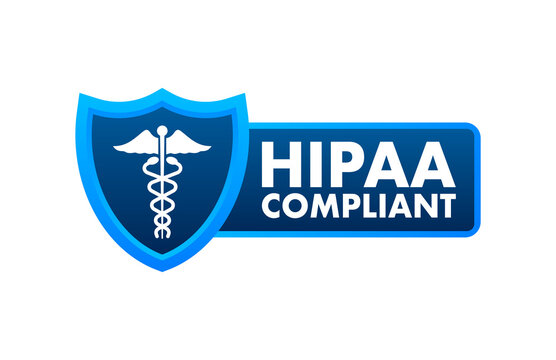You’re sitting at home, feeling a little off. Maybe you’ve got a headache that won’t quit, or you’re feeling dizzy and just know something isn’t right. You check your blood pressure and—whoa—those numbers are way higher than normal. Panic starts to set in.
Should you rush to the emergency room? Call your doctor? Or is urgent care the right move? Take a deep breath. We’re going to break down exactly what you need to know about getting help for high blood pressure at an urgent care center.
Not every high reading is an emergency, but it’s crucial to understand when you need professional medical attention and what to expect.
Table of Contents
ToggleWhat Counts as High Blood Pressure? Understanding the Numbers
Blood pressure is assessed in two components: systolic (the upper number) and diastolic (the lower number). A normal reading usually resides close to 120/80 mmHg. Anything that consistently registers above 130/80 mmHg begins to encroach upon the realm of high blood pressure.
Most individuals don’t grasp that blood pressure isn’t captured in a single, static moment. It varies naturally throughout the day, under the influence of factors like stress, varying amounts of activity, and even your morning cup of joe. A few upward swings here and there don’t have to spell serious risk, but high numbers that keep showing up are what’s concerning to doctors.
When to Consider Urgent Care for Blood Pressure Concerns?
When should you really start taking your blood pressure seriously? At Insight Urgent Care, we understand that blood pressure is more than just a number.
Urgent care is the in-between place of a regular doctor’s appointment and an emergency room visit. If you’re not in crisis but you’re feeling out of sorts, they’re perfect for getting a professional to determine just how much off you’re feeling.
You May Like: Does Urgent Care Take Blue Cross Blue Shield?
What Happens During an Urgent Care Blood Pressure Visit?
It’s not terrifying to stroll into urgent care for a blood pressure check. A healthcare professional will first check your vitals using a standard cuff, and might also check your pulse and blood oxygen levels. They’ll likely ask about your medical history, current symptoms, and medications.
Based on your results, they may perform extra examinations such as an EKG or routine blood tests. A usual visit lasts around 30-45 minutes and gives you an overall assessment of your health. You can easily find our location on Google Maps for a convenient visit.
Treatment Options at Urgent Care: What They Can (and Can’t) Do
Urgent care for high blood pressure might involve immediate interventions. This could mean recommending lifestyle modifications or providing a short-term medication to stabilize blood pressure.
However, urgent care is primarily an initial protective layer to help you understand your current state and connect you to long-term medical care.
Red Flags: Signs You Need Immediate Emergency Care
Some symptoms are your body’s way of signaling an emergency. If you experience:
- Chest pain spreading to arm or jaw
- Sudden confusion
- Weakness on one side of the body
- Intense head pain
- Abrupt changes in vision
Do not wait. Call 911 or get to an emergency room immediately.
Final Words
High blood pressure isn’t something to mess around with, but it’s also not an automatic reason to panic. Knowledge is power-knowing when to seek help and what to expect can make all the difference in managing your health effectively.
Encourage readers to know their normal blood pressure range, have a primary care doctor, and don’t hesitate to seek help if something feels wrong.



